GUEST POST - In pursuit of flow
Your big dreams are calling...
Every now and again I accept a guest post I think you guys will like. I loved reading this by
. There is SO much to think about and how gorgeous are the photos…Enjoy!
How can you be creative and thrive in your whole life?
Hi, I’m Sanjida, I’m a full-time writer. I write dark psychological thrillers as Sanjida Kay, and as Sanjida O’Connell I write novels and nature non-fiction. I’m currently writing a memoir, Wilderness: In Search of Belonging, about our re-wilding project in Somerset, UK what it means to belong, and whether nature can heal us and hold us.
I live in the Mendip Hills with my husband, daughter, dog and chickens and when I’m not writing, I teach writing workshops and mentor writers. I love hiking, running, good coffee and great books. My big dream is to get more books published (12 so far, plus several short stories!), help more writers and allow nature to flourish in our little patch of wilderness.
In my Substack, Wild Writing with Sanjida, I write about writing to help other writers, while also sharing my Wild Notes as little doses of tonic from the natural world.
Have you ever been so absorbed in something that you forgot it was way past tea time? You look up, your coffee has grown cold, you haven’t once thought about your overwhelming to do list or had the urge to check Instagram.
If you have, you’ll know it can be utterly joyous to be so completely immersed in an activity (although I have been known to forget to pick up my daughter from school 😱).
And you may well have experienced the opposite, which is far more common: the dread as you contemplate your laptop, or the garage in need of decluttering. You begin your task feeling as if you are wading through porridge and your web browser has turned into a siren beckoning you down to the internet’s dark depths.
This, my friends, is flow (or lack of it), and I have spent much of my adult life in pursuit of it.
What is flow?
“It is what the sailor holding a high course feels when the wind whips through her hair, when the boat lunges through the waves like a colt - sails, hull, wind, and sea humming a harmony that vibrates in the sailor’s veins. It is what a painter feels when the colours on the canvas begin to set up a magnetic tension with each other, and a new thing, a living form, takes shape in front of the astonished creator.” Mihaly Csikszentmihalyi
I first came across the concept of flow when I was a young journalist researching the science of happiness. Dr Mihaly Csikszentmihalyi, then a professor at the University of Chicago, originally wanted to find out when people felt happiest. He noted that over 2300 years ago Aristotle wrote that happiness was the only goal shared by every man, woman and child.
Csikszentmihalyi’s first studies involved ‘experts’ - artists, athletes, musicians, chess masters, surgeons - people who spent an inordinate amount of time pursuing the activities they were experts in. What he discovered was that these people all had something that money literally cannot buy.
He coined the term flow to describe it:
“The state in which people are so involved in an activity that nothing else seems to matter; the experience itself is so enjoyable that people will do it…for the sheer sake of doing it.”
Csikszentmihalyi’s idea was simple - if you knew how to achieve flow you could prepare for it, set up the conditions to achieve it, and thus live far more of your life in a happier state.
Most of us can remember being in this state of grace. For me, I fall into flow when I’m painting or mountain biking. These are activities that I enjoy, but I’m not particularly good at. I can do them well enough - I can wield a brush, balance on my bike - so that I’m not totally frustrated, but I still find them challenging and so they absorb me. But I am probably not alone in saying I rarely do these hobbies that transport me so beautifully into flow.
How can we find flow?
But how can one achieve flow in one’s work? Because I know how flow feels from my painting experience, I have been able to replicate that feeling in my writing. Like painting, writing is challenging, but it’s not so hard that I can’t do it (usually!).
Here’s what I do to get into a state of flow when I’m writing:
• I schedule a specific amount of time in my calendar for writing.
• I set clear and achievable goals, such as - draft a 1000 word Substack article, or write 1000 words of Wilderness, my nature memoir.
• I make sure I can concentrate: the dog has been walked, my daughter’s at school, my mobile is switched to Do Not Disturb and I have no meetings.
• I fill my diffuser with an essential oil blend of Pirate Oil (clove, lemon, cinnamon rosemary, eucalyptus), which helps me focus.
• I meditate for 5-10 minutes listening to binaural beats (music that has a hidden beat and synchronises your brain waves to a particular state: I often choose low beta waves 14Hz for focus).
• I fill a jug with water, a slice of lemon and herbs from the garden, such as mint or fennel, and make a cup of organic black coffee.
And then I begin.
How can you find flow?
• Think about a time when you felt completely absorbed in a task or a hobby. What was it? How did you feel? Can you include this task or hobby in your life more regularly?
• Are there times you have achieved flow in your work? What helped? Can you replicate those conditions?
Mihaly Csikszentmihalyi says that to achieve flow in your work, try and have a few of the following:
• a task you have a chance of completing.
• a clear goal.
• you are able to receive immediate feedback relating to your goal.
• you must be able to concentrate.
• your task needs to be difficult enough to prevent boredom and not so hard that it is frustratingly difficult.
So this is all very well and good and I am attempting, if largely failing, to find time to paint and mountain bike…but then I came across another piece of research, which for me has been revolutionary.
This idea is, quite honestly, life-changing, as it allows you to thread flow - and thus happiness - right through your life.
It is based on a device called The Eudaimonia Machine. Eudaimonia is what Aristotle described as the condition of human flourishing or of living well.
Let’s call it thriving - because we all want to thrive in our lives and our work.
The Eudaimonia Machine
The device was created by the architect Dave Dewane and is his blueprint for the perfect office.
The Eudaimonia Machine is a building with five rooms but only one entrance and no hallway so you have to progress through each room to reach the next.
• Room 1 is a gallery or exhibition filled with inspirational pictures, books, articles, flowers, whatever floats your boat.
• Room 2 is a salon like a coffee-shop with sofas and communal spaces to think and talk.
• Room 3 is the library filled with all the resources you need.
• Room 4 is an office with a computer and other equipment where you can work, but could also collaborate with others.
• Room 5 is the innermost chamber. It’s soundproof and solitary and this is where you retreat to do your deep work.
How does this apply to me?
I have reinterpreted Dewane’s machine as a metaphor. For me, it represents everything in your life that can feed your soul and nourish your work, helping you to be creative and to thrive.
For most of us, pieces of the blueprint are missing - whether it’s a physical place or a metaphorical space.
For instance, many of the students I teach live in shared houses and work in a shared lab or office. They’re lucky enough to have cafés and a library at their university and they’re surrounded by resources and collaborative colleagues, but they’re missing Rooms 1 and 5.
I ask them how they can recreate Room 5. For some, it’s going home during the day when their housemates are out. One mature student with a family, who works at the kitchen table, decided to put a sign next to her that says,
‘Writer at work, do not disturb’.
Another student thought he’d go to a café with noise-cancelling headphones playing brown noise.
How can I use The Eudaimonia Machine?
I’m lucky enough to have my own office and I can turn it into Room 5 - soundproof and solitary - by switching on Do Not Disturb and unplugging my phone.
But I live in the countryside so cafés are few and far apart. Now, I make time, usually once a fortnight, to work in my local pub (cosy fire and a five-minute walk), or else I drive to Yeo Valley HQ’s staff canteen (stellar views and excellent coffee).
As a solitary writer, working on my own means few colleagues for collaboration, which is why Substack is a joy (thanks Claire!)
I also realised I rarely made space or time for Room 1 - for inspiration.
Now I do this in two ways:
First, I make sure that I buy books that I know will inspire me but aren’t directly related to my work and I give myself permission to read them in the holidays or on self-scheduled writing retreats, such as, The Book of Flowers, or Zen: The Art of Simple Living. Reading Substack articles that are very different from mine is inspirational - for me that’s
, , andSecondly, I arrange to go to places that I know will inspire me and fill me with joy, such as an art gallery, or my local organic garden. For example this year I visited Hauser & Wirth’s art gallery and sculpture gardens in Bruton, Somerset, and last year, I fulfilled a life-long dream of seeing Monet’s paintings in Paris.
These are things that can be expensive and time-consuming but even these two trips in two years have brought me much joy and made me feel as if my soul is expanding and my possibilities are limitless.
How can you thrive?
Think about:
• Which 'rooms' do you currently occupy and for what purpose?
• Are any rooms missing?
• How could you recreate them - either physically or metaphorically?
• Do you have the right resources to help you?
• What inspires you and do you make time for it?
• Do you have people you can joyfully work with?
• Put dates in your diary - an inspiration date with yourself, meeting a person who will collaborate with you, go to a cosy café with a beautiful note book.
When you figure this out for yourself and your work, you’ll be able to engineer a life of ‘flow’ and creativity.
Good luck!
Sanjida
🌸
Reference:
Flow: The Classic Work on How to Achieve Happiness by Mihaly Csikszentmihalyi, first published 1992, Harper and Row, USA
The Eudaimonia Machine by David Dewane






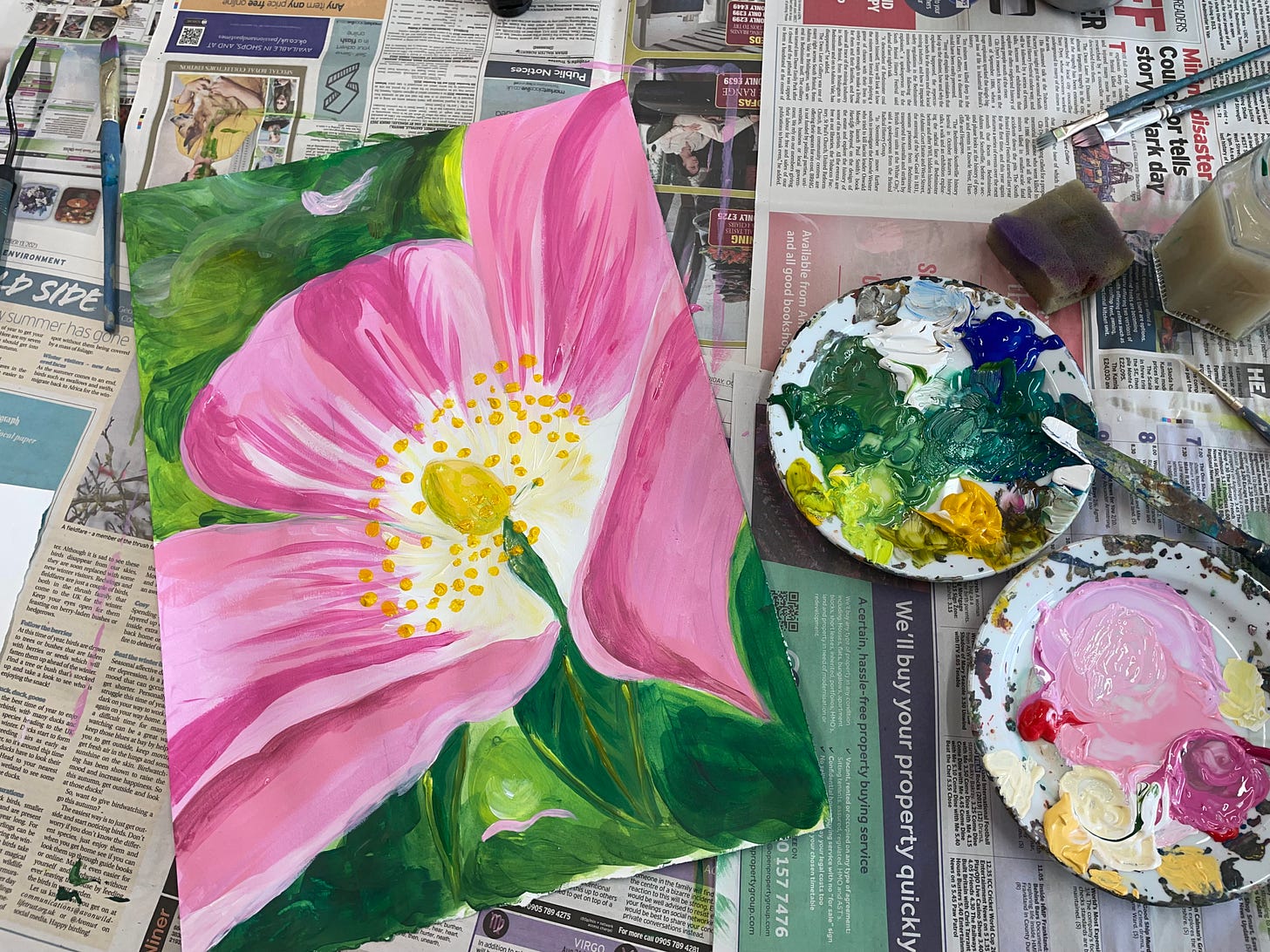
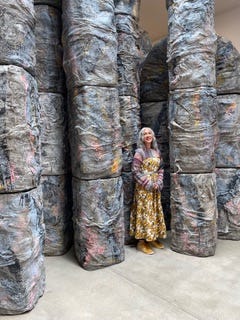
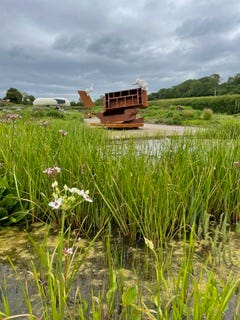
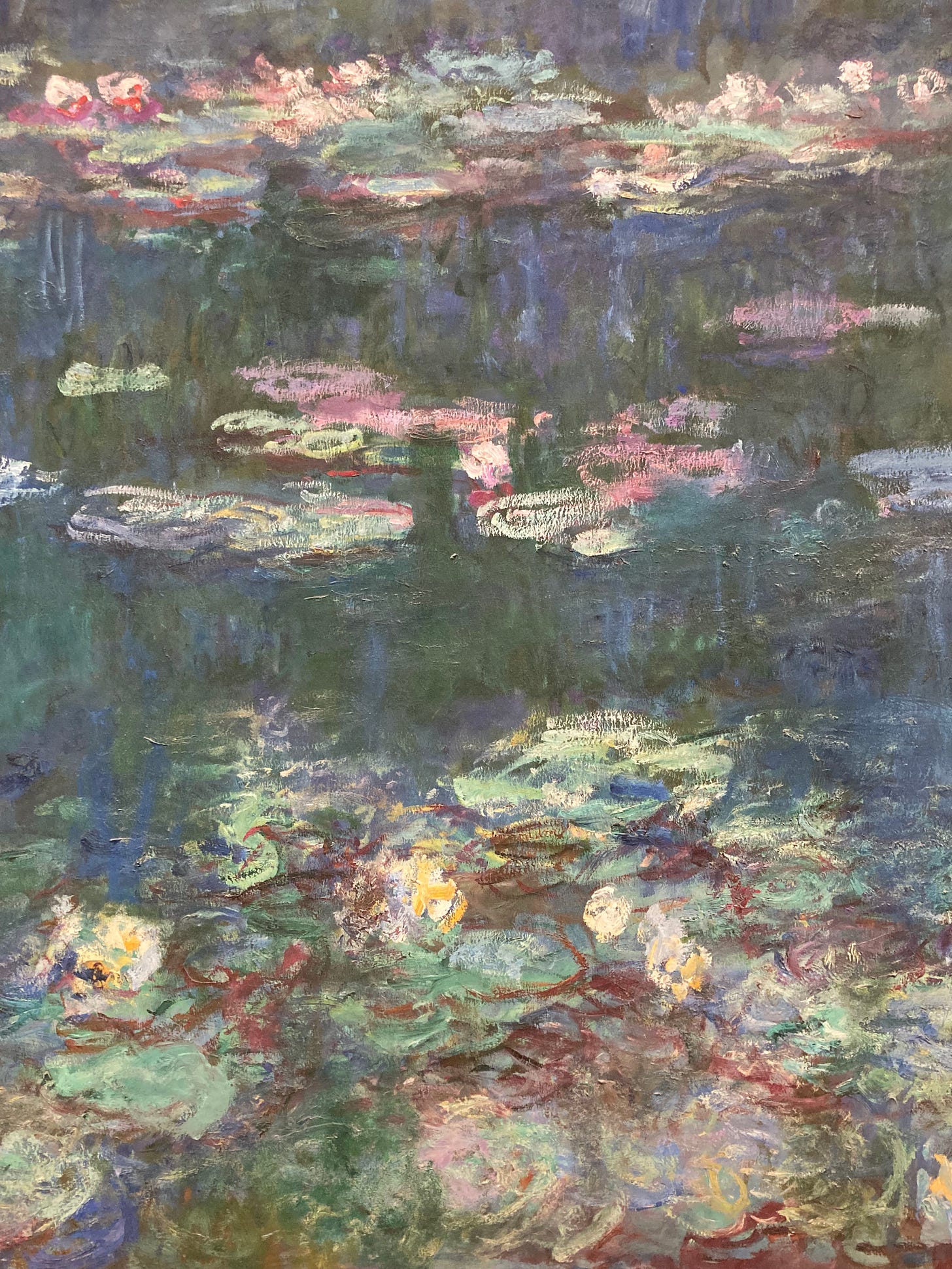
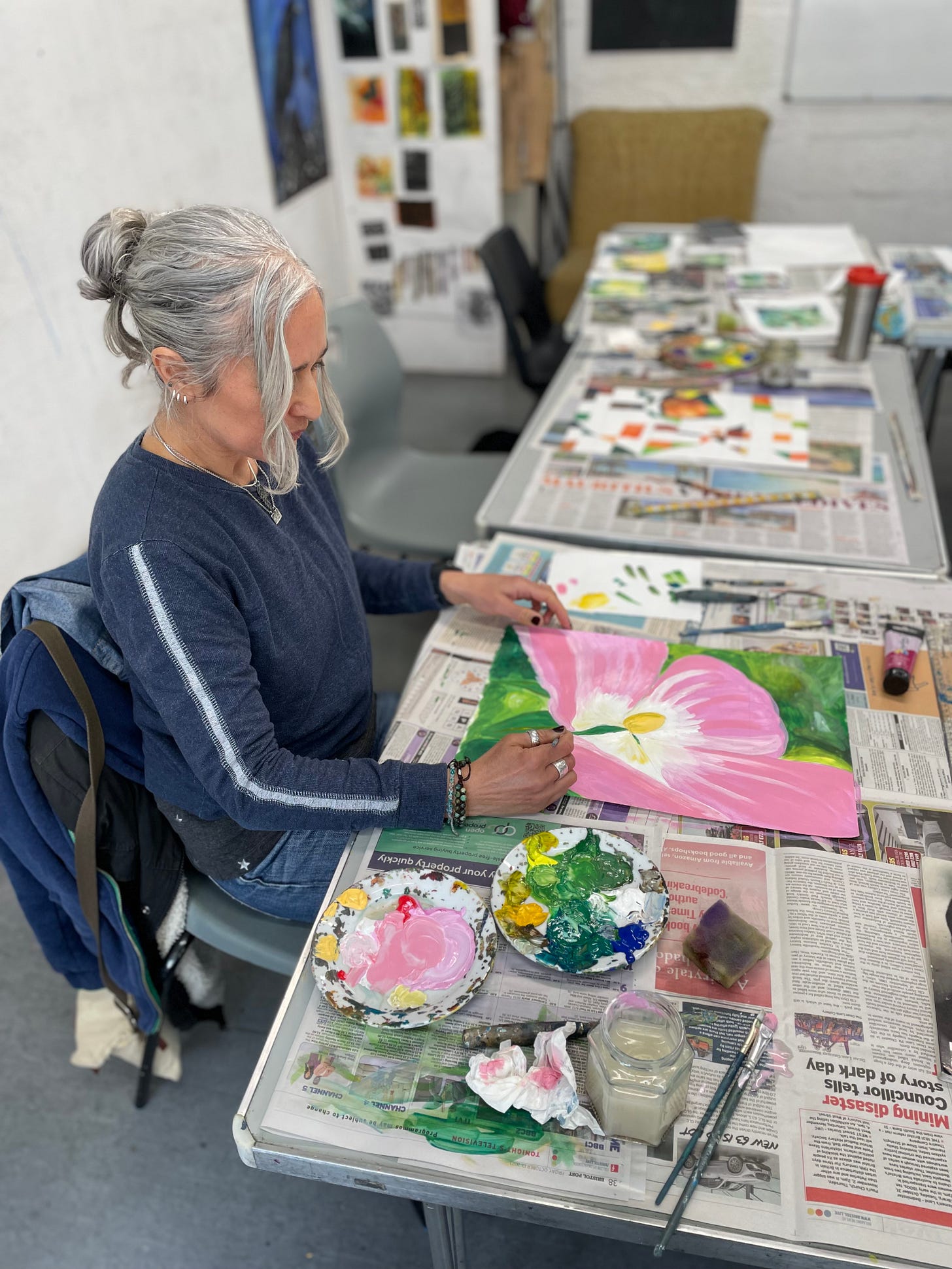
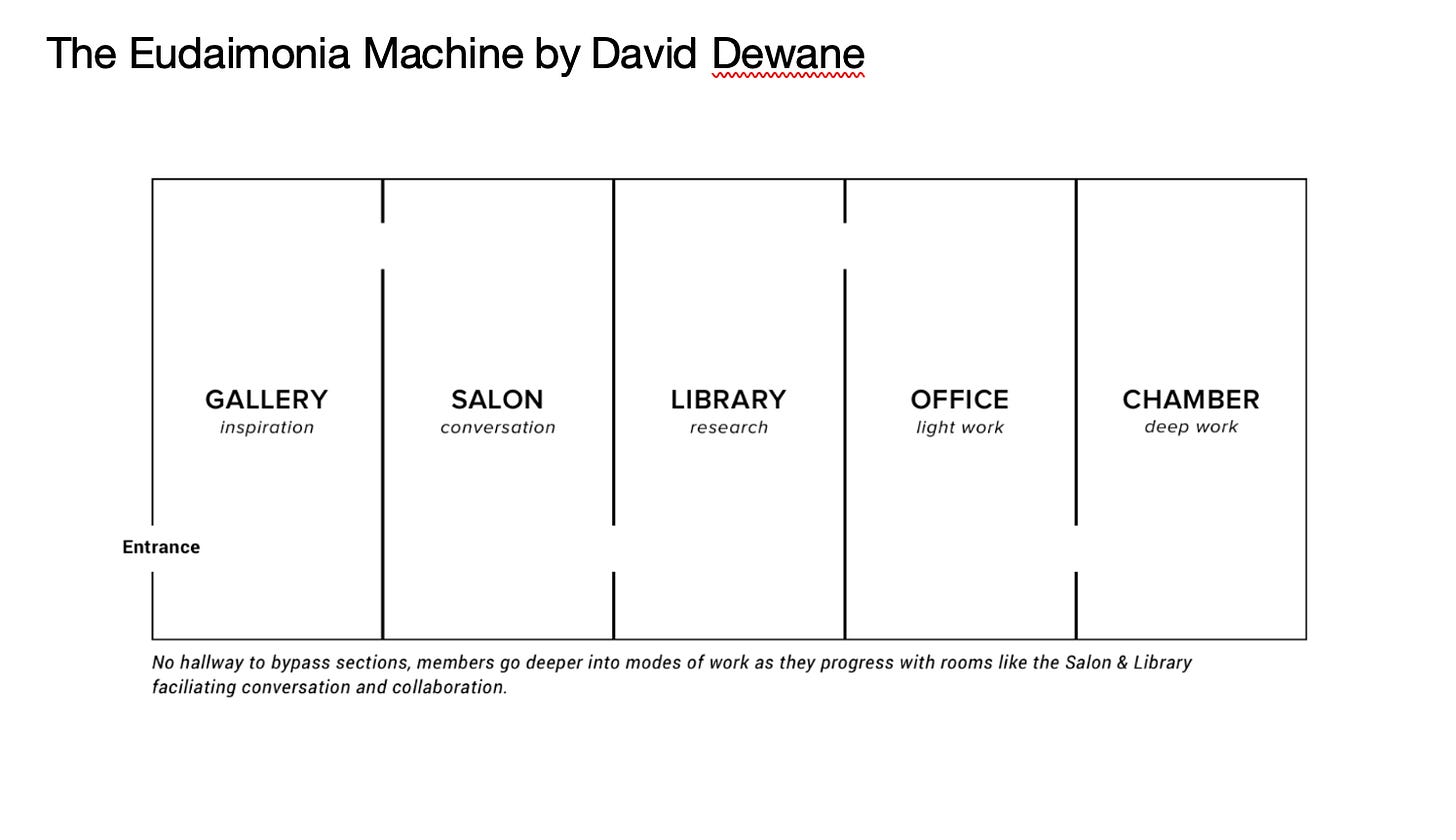

Oh, this is fascinating thank you. I had never heard of the Eudaimonia Machine before but I love how you have translated into in a metaphor.
The Eudaimonia Machine sounds incredibly cool. I'd love to see something like that in person. Or, even better, be able to build your home like that.